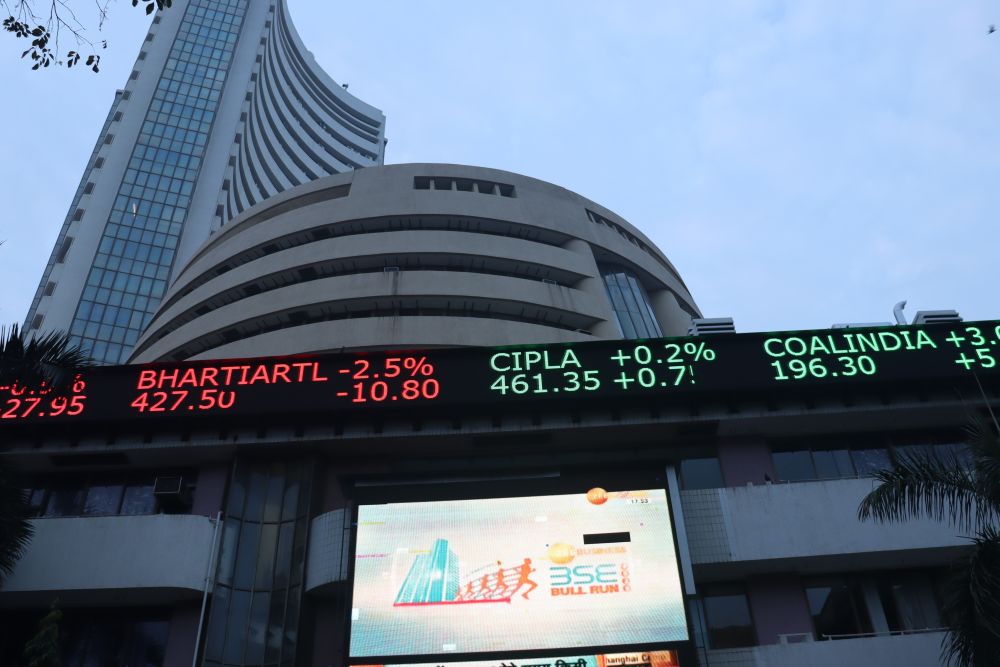The Asian G3 bond market manifested a robust issuance activity in the first quarter of 2019, with the volume amounting to US$81.67 billion, driven by the recovery in the high-yield bond space.
Figures supplied by Refinitiv show the volume represented a small decline of 1.3% from US$82.72 billion in the first quarter of 2018. This comes even as the number of deals was higher this year at 174, compared with 146 in the same period of 2018. The amount, though, represented a 28.6% increase from the US$63.50 billion recorded in the last quarter of 2018.
In March 2019 alone, the volume of issuance also fell to US$24.33 billion, down from US$26.76 billion in March last year.
China accounted for more than half of the issuance in the first quarter of 2019, with over US$41.45 billion amassed from 92 deals, up from US$39.93 billion from 68 deals during the comparable period of the previous year. Likewise, issuance from India increased during the same period from US$3.59 billion to US$6.11 billion, while that from South Korea rose slightly from US$5.07 billion to US$5.30 billion.
Meanwhile, issuance from Hong Kong fell from US$13.47 billion to US$11.03 billion.
Raj Malhotra, head of debt capital markets for Asia-Pacific at Societe Generale, says supply has picked up in March, mainly from financial institutions and also from a few corporates in the region. “We have also seen tremendous interest in euro-denominated deals from Asia, as the European investors seek diversification,” he points out.
Those deals, says Malhotra, include the 500-million-euro (US$561.80 million) offering by the Paris branch of Bank of China, and the 750-million-euro deal by the Export-Import Bank of Korea, both of which were 2.5x oversubscribed, with notable and active roles played by investors from CEEMEA (Central and Eastern Europe, Middle East and Africa) and central banks/sovereign wealth funds.
“We do expect more issuance from the investment-grade space in the second quarter this year, especially from financial institutions, and a continued focus on high-quality issuers from Asia,” he adds.
High-yield bond issuance made strong gains in the first quarter, totalling US$28.76 billion, representing more than twice the US$13.52 billion printed in the corresponding period of 2018. It was the largest issuance volume of high-yield bonds in the first quarter during the past 10 years.
In March alone, the total high-yield bond transactions reached US$7.06 billion, against only US$1.79 billion in March 2018.
“A dovish stance from the US Federal Reserve has helped spur investor interest in emerging markets, and Asian issuers have clearly benefited from this,” says Malhotra. “A benign rate backdrop and strong investor appetite for yield has enabled many high-yield issuers to come to market this year, especially from the China property sector.”
He notes market fundamentals have been supportive of high yield – with pent-up investor demand being met by new supply in the first quarter of 2019 backed up by relatively generous new issue yields.
China also accounted for the bulk of high-yield bond issuance in the first quarter of 2019, with US$19.54 billion, up from US$7.14 billion compared to the same period a year earlier. Issuance from Hong Kong also increased during the same period, from over US$2.39 billion to more than US$4.92 billion.
Going forward, Malhotra says liquidity appears ample in the first half of 2019, but major concerns around global growth may escalate and could have a lag effect on Asia, dampening supply and demand.
“Conditions in the second half are more difficult to foresee at this stage,” he adds. “Having said that, large redemption volumes this year in Asia – over US$100 billion from China alone – should continue to provide support for new issues as credit investors seek to redeploy these funds.”









